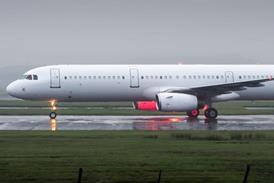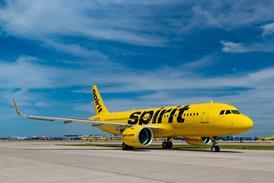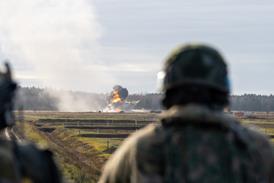Japan is contemplating a return to commercial aircraft manufacturing by locally developing and producing a small regional jet.
Mitsubishi Heavy Industries is leading a five-year research and development project focusing on the 30-seater market. The aircraft, if produced, would be aimed at replacing turboprops worldwide, including more than 40 NAMC YS-11s that are still operating.
Developed in the early 1960s by a consortium of manufacturers, with a subsequent production run of 182 aircraft, the YS-11 was Japan's last commercial airliner project. Most industry observers give Japan very low odds of returning to the commercial aircraft manufacturing arena after such a long gap.
The Japanese have chosen the 30-seater sector to avoid the higher barriers to entry and stiffer competition associated with the 50-, 70- and 90-seater markets.
But observers question whether the 30-seater market is large enough to support a new product. "Thirty seats is a crazy target," says one Japanese industry official.
A Bombardier official adds: "The market has really moved past 30-seaters. In Europe nobody can make money on it and in the USA it's getting that way." The Bombardier official says the Asian market for aircraft with less than 70 seats is limited. The Japanese would have to sell their new regional jet worldwide to recoup development costs and observers doubt they have the expertise to do support such a marketing venture.
"Japanese research and development has always been technology- or engineering-driven, not market-driven," says an industry official.
Another industry official acknowledges: "The Japanese product is not easily accepted in the market." He adds that Mitsubishi realises it will face an uphill sales battle and has already ruled out an indigenous powerplant because an all-Japanese aircraft-engine combination would never be accepted by the market.
However, few doubt whether Japan has the technological capability to develop its own regional jet. Mitsubishi and Fuji Heavy Industries - which is also participating in the research project - can draw on their experience producing major components for several Bombardier and Embraer aircraft.
Another industry official says the regional jet project team will first work with potential customers to make sure there is a market. The project is in the second year of an anticipated five-year effort. If the market is confirmed, the aircraft could be launched in 2008.
"A turbojet with 30 to 50 seats seems like a niche in the market," says the official. "The Asian market will be a key factor."
Observers point out that the Japanese government seems to constantly want to fund studies to keep open the idea of manufacturing commercial aircraft in Japan, but conservative manufacturers will always be reluctant to take the plunge.
"Of course we have a desire to develop commercial aircraft in the future," adds another official, "but we understand that commercial aircraft programmes are very tough and severe in the world."
Source: Flight International























